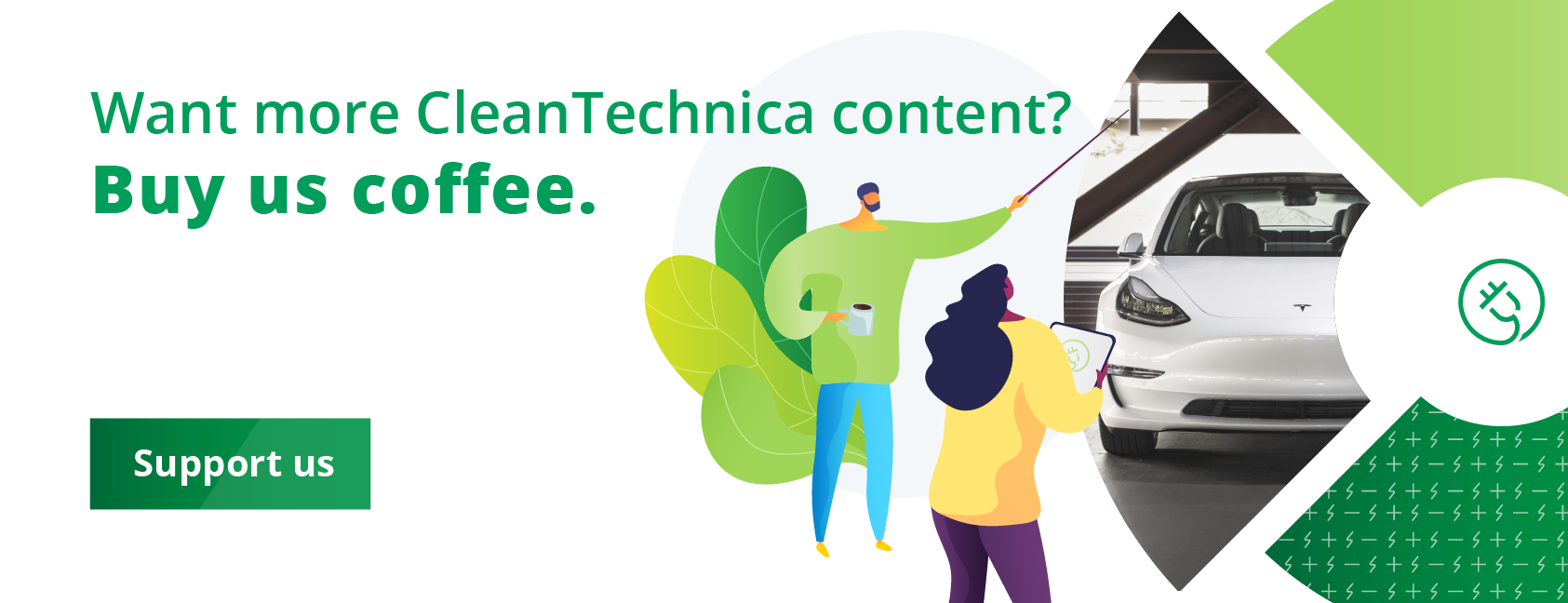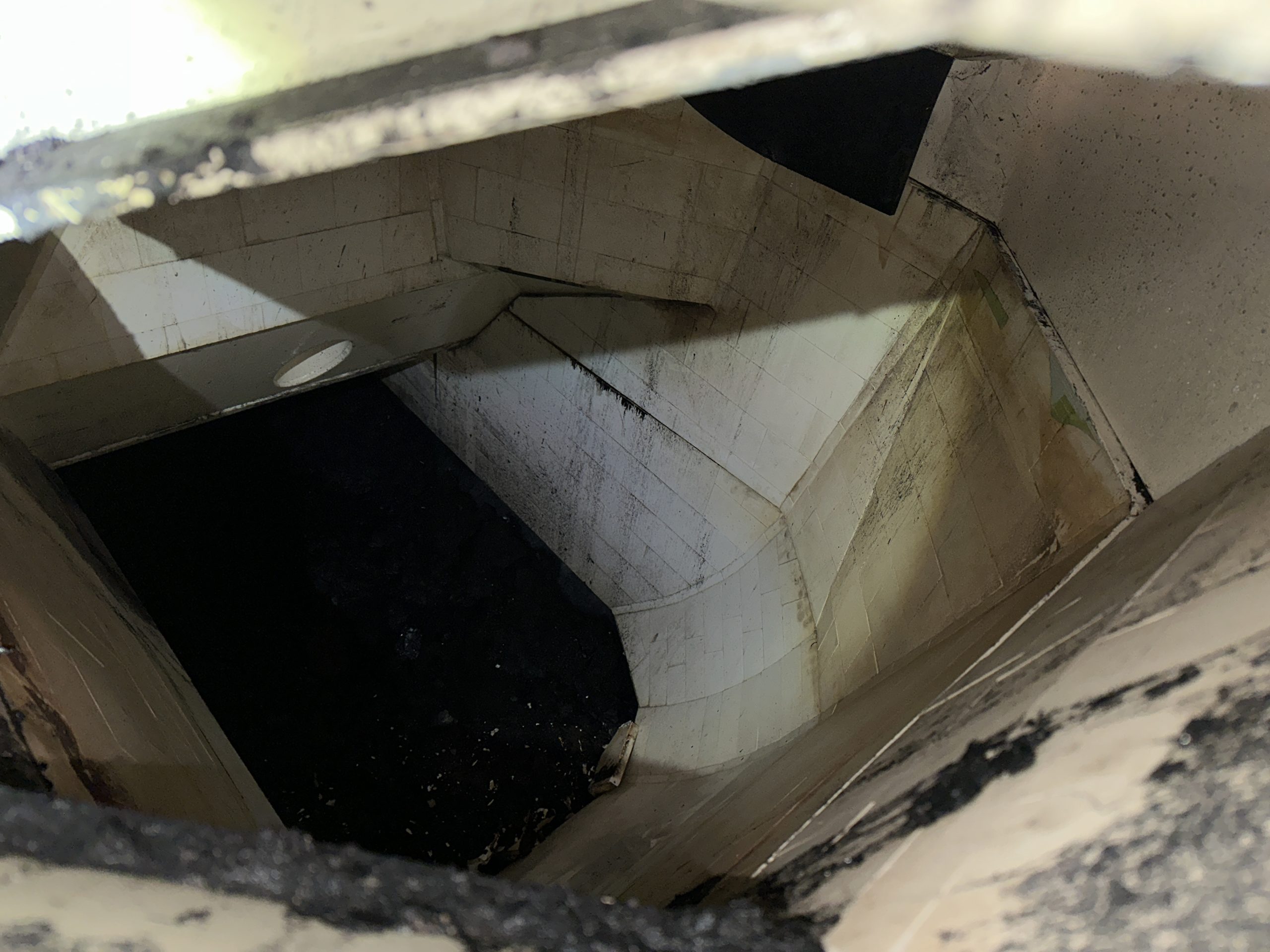
FreeWire, a company known for its charging stations with integrated battery storage, has just launched Mobilyze Pro. This AI-enabled platform aims to efficiently and profitably expand nationwide EV charging infrastructure by providing accurate predictions. Leveraging AI, Mobilyze Pro utilizes tools such as a utilization prediction engine, a tariff recommendation engine, and a profitability calculator to analyze public and proprietary datasets. These insights enable the platform to identify the optimal locations for deploying EV fast charging and assess any location for these important metrics.
The need for smart EV infrastructure planning couldn’t be clearer. To support 26 million EVs in the U.S. by 2030, more than 180,000 public fast charging stations will be necessary. However, there is a growing disparity between EV sales and the infrastructure required to accommodate them. This gap is further amplified by extended lead times for utility upgrades. As a result, battery-integrated charging emerges as the most efficient and cost-effective solution for many locations. In cities, the expenses are often a major roadblock. In rural areas, these expenses (running a new power line to a small town to give it more power) can be astronomical.
According to FreeWire, Mobilyze Pro helps site hosts meet the growing demand for charging infrastructure by providing accurate utilization and profitability forecasts. These tools enable owners of charging infrastructure to compare site locations and hardware solutions, providing confidence in the business case for EV charging and accelerating deployment and access for drivers.
“Mobilyze Pro is the most powerful software tool available today to analyze and predict strategic deployments of fast charging infrastructure,” said Arcady Sosinov, CEO and Founder of FreeWire. “The platform uses AI to make highly accurate predictions and optimize project economics, making EV fast charging more ubiquitous and more accessible to the public.”
Following FreeWire’s acquisition of Mobilyze.ai in December 2022, the company has introduced groundbreaking features on the platform that it didn’t have before. One notable addition is a profitability calculator that forecasts operating costs and cash flow. This feature leverages two key technical advancements: an AI-powered utilization prediction engine and a tariff recommendation engine. The utilization prediction engine analyzes charging activity data from numerous public charging locations, correlating it with EV drivers’ travel patterns, demographics, and vehicle ownership. Through this analysis, it predicts the daily session count at new charging locations.
The tool can also help station owners set a good price for the predicted sessions. The tariff recommendation engine enables site hosts to accurately assess the impact of fast charging installation on utility bills and determine the optimal utility tariff for their site. These tools facilitate the comparison and ranking of numerous locations, empowering hosts and retailers to strategically identify high-utilization sites with optimal returns.
Mobilyze Pro’s metrics provide site hosts with precise insight into expected operational costs. This information can be used in conjunction with FreeWire’s recently announced Charging Location Analysis and Incentive Management (CLAIM) service to identify available federal, state, and utility incentives. By combining these services, FreeWire says estimated cash flow and lucrative incentives for requested sites can be revealed.
But, if you’re wanting to get your hands on the tool, you’ll have to wait a bit. Mobilyze Pro will be available to site hosts in the U.S. and four Canadian provinces in Q1 of 2024. If you want to get a look at it earlier, they’ll be providing a live product overview at the NACS (National Association of Convenience Stores, not the NACS charging plug) Show in Atlanta on October 3-6. For more information about Mobilyze Pro or to have them assess a site using the platform before 2024, you can contact FreeWire directly.
Why This Data Matters
At present, starting a charging station is kind of a crap shoot. We’ve all seen stores that offered charging and then backed out on it later. Sadly, sometimes it’s just that the station broke and the store owner decided to not repair it because they thought it wasn’t bringing them enough business. Or worse, sometimes you’ll see a store that just takes them out because they thought offering the charging was too expensive. You can bet that other stores that were considering putting in chargers looked at those and thought twice.
One great thing this tool should be able to do (if it works as advertised) is give store owners and other site hosts an idea of what to expect if they were to put a station in. Knowing what you’re getting into and making an informed decision is much better than not knowing and blundering into a bad situation that leads to removal or deferred maintenance.
In other words, if the plan is to avoid nasty surprises, this is one way to do that.
For many rural charging stations, this probably won’t be much of a source of revenue all by itself, but many small and independent convenience store operators don’t earn a lot from gasoline sales anyway. So, even being able to break even, and make enough revenue to pay for electricity and maintenance, makes the additional customers the store might attract a more valuable proposition than it might appear on the surface. But, if there’s nothing to show that you’d even be able to break even on charging, there’s no way to have that be an attractive proposition.

I did reach out to FreeWire and ask them a little bit about what happens after installation. Obviously, you’d know as a station owner whether it’s being used and what kind of income and expenses it has, but further data about who’s charging at your station and whether they’re picking up things in the store is another question entirely. I know some European retailers use &Charge and other similar companies to give away free charging as a reward for dollars spent, and have a station give out coupons to encourage and track the relationship between charging and other purchases a bit more.
I’ll let you guys know what they say when they get back to me, but the important thing here is that FreeWire found a way to add some predictability to EV charging station installs. Hopefully this leads to more charging stations going in, especially in rural areas that are presently very underserved by EV charging networks.
Featured image provided by FreeWire.
I don’t like paywalls. You don’t like paywalls. Who likes paywalls? Here at CleanTechnica, we implemented a limited paywall for a while, but it always felt wrong — and it was always tough to decide what we should put behind there. In theory, your most exclusive and best content goes behind a paywall. But then fewer people read it! We just don’t like paywalls, and so we’ve decided to ditch ours. Unfortunately, the media business is still a tough, cut-throat business with tiny margins. It’s a never-ending Olympic challenge to stay above water or even perhaps — gasp — grow. So …




